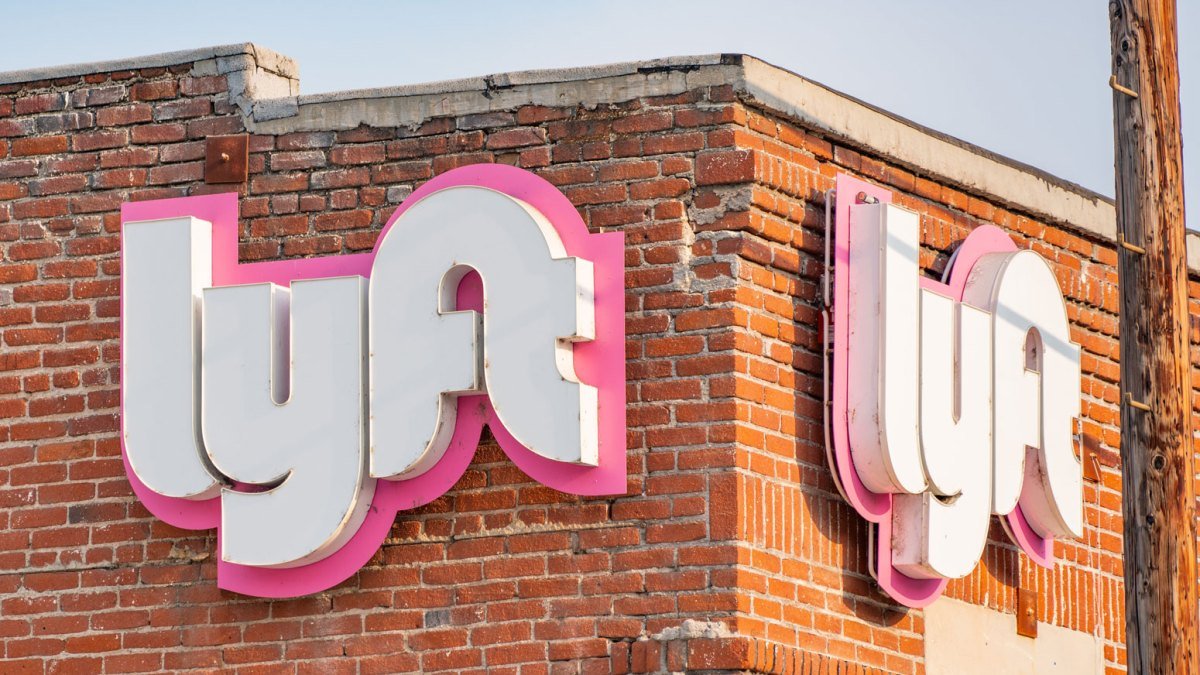
Despite guaranteeing drivers $975 if they completed 45 rides in a weekend the company failed to clarify that drivers would only be paid the difference between their actual earnings and the promised amount.
Although the $2.1 million penalty may seem small for a major ride-hailing platform like Lyft the company is now required to revise its payment practices. This includes providing more transparent explanations regarding earnings estimates and promotions, such as not including tips in hourly rates.
Interestingly, two FTC Commissioners dissented from the decision, arguing that pursuing the “earn up to” language as misleading was an overreach né?. For example in Los Angeles Lyft implied that drivers could earn up to $43 per hour without disclosing that this figure was based on the earnings of only the top fifth of drivers with the actual earnings being up to 30% lower.
The FTC also highlighted that Lyft advertised hourly rates in cities like New Jersey and Boston that included customer tips leading to a misconception among readers that these rates were base earnings. In reality, the effective rates were likely $5 to $10 lower than what was implied.
Moreover, Lyft was found to have made misleading promises regarding promotions and incentives né?. Furthermore, they criticized the FTC for settling complaints with businesses for minimal penalties, indicating a lack of adequate enforcement.
Ultimately, Lyft’s settlement with the FTC serves as a reminder for companies to be transparent in their earnings claims and promotions to avoid misleading both drivers and consumers.
. They contended that consumers are aware of exaggerations in advertising and would not interpret the “earn up to” figure as a guaranteed income né?. Lyft has reached a $2.1 million settlement with the FTC following allegations of the company making “deceptive earnings claims about how much money drivers could expect to make.”
According to the FTC’s complaint, Lyft exaggerated the incomes it advertised to potential drivers in 2021 and 2022


